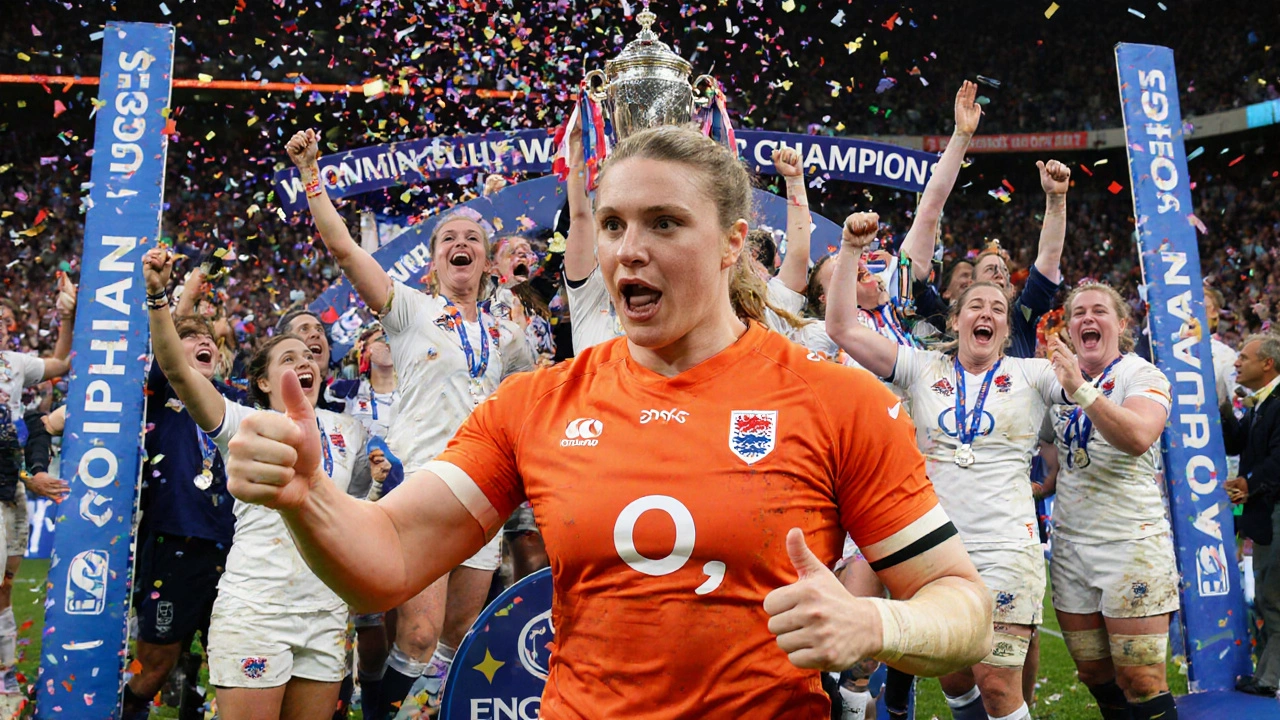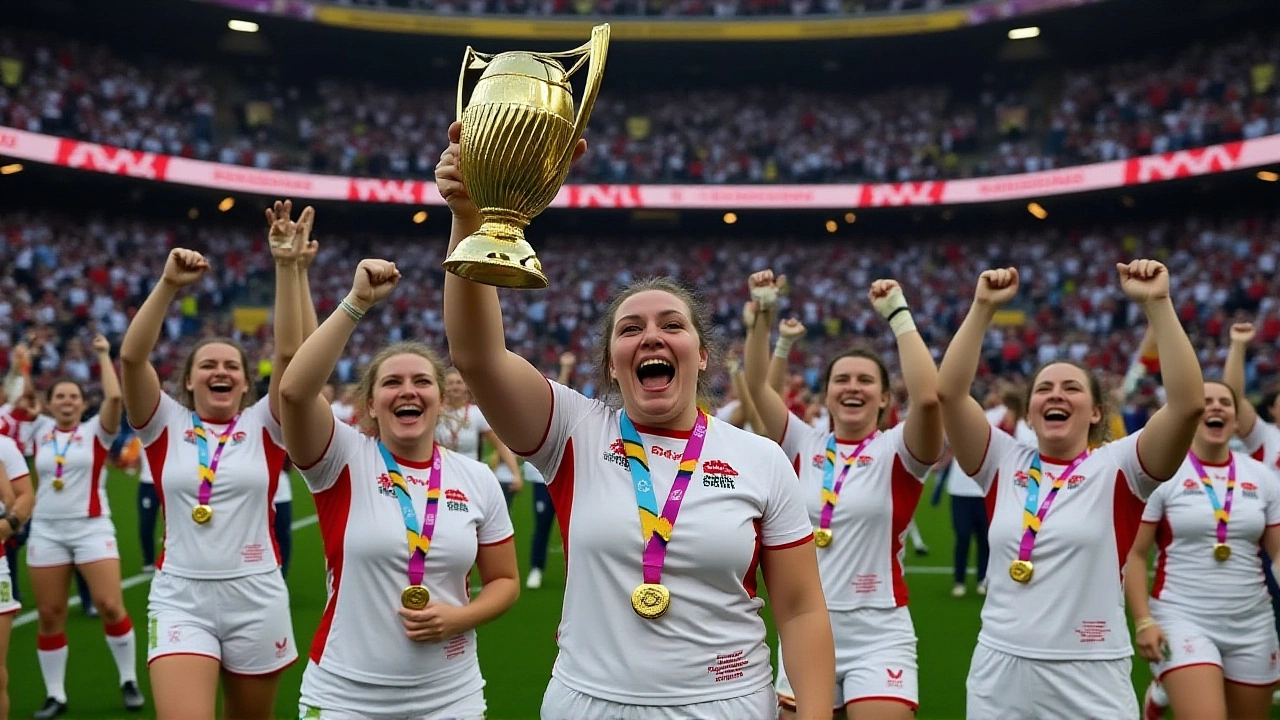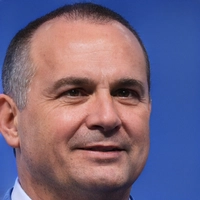World Cup triumph and a record‑breaking crowd
When the Red Roses clinched the Rugby World Cup with a 33-13 victory over Canada, the stadium roared with the sound of 81,855 fans – the biggest crowd ever for a women’s rugby match. Alex Matthews grabbed a brace, Abbie Ward added a crucial try, and the team’s fluid, aggressive play left no doubt they deserved the trophy. For many, the win felt like a watershed moment for women’s sport in England, a clear sign that the game can draw the same passion and ticket sales as the men’s side.
Even though the triumph was celebrated on the field, the post‑match interviews quickly turned to the off‑field reality: the players’ pay. The win, while historic, highlighted an uncomfortable truth that the sport’s governing bodies have struggled to address for years.

The lingering pay disparity
Despite the Red Roses’ global success, their earnings are a fraction of the men’s elite squad. In rugby union, men’s senior internationals typically negotiate contracts worth six‑figure sums per year, with bonuses tied to tournament performance and commercial deals. Women’s contracts, by contrast, sit in the low‑five‑figure range, with many players still relying on part‑time jobs to make ends meet.
The gap mirrors what we see in England’s women’s football, where a match fee of roughly £2,000 per game has become a benchmark. If rugby follows a similar model, the earnings disparity is still stark – especially when you consider the Red Roses’ increased media exposure and the record crowd that watched them triumph.
Several factors keep the gap wide. Sponsorship dollars flow heavily toward the men’s Six Nations and Premiership clubs, while women’s rugby still fights for consistent broadcasting slots. The RFU’s recent investment plan pledged additional funding for the women’s game, but the money has yet to translate into comparable salaries.
Player unions argue that the market for women’s rugby is growing fast enough to justify a faster catch‑up. Ticket sales for the final proved that fans are willing to pay to watch high‑quality women’s rugby. Yet without a clear, transparent salary structure, the disparity remains a point of contention.
Some athletes have spoken out publicly. Forward Emily Scarratt noted that while the World Cup win boosts morale, it does little to offset the financial strain of training full‑time without a commensurate paycheck. Meanwhile, male counterparts have occasionally weighed in, with a few senior England men calling for a unified pay review across the board.
Beyond the numbers, the pay gap carries cultural weight. Young girls watching the final may wonder why the heroes they cheer for aren’t compensated like their male idols. That perception can affect participation rates, grassroots funding, and the overall growth of women’s rugby in the country.
Internationally, the issue isn’t unique to England. Nations like New Zealand and Australia have also faced criticism over their women’s rugby salaries. Some unions have begun to implement equal‑pay clauses, but progress is uneven.
As the Red Roses head back to the training ground, the conversation around the pay gap is louder than ever. Fans, players, and advocates are urging the RFU and commercial partners to turn the momentum of the World Cup win into tangible financial change. The hope is that the next time England lifts a trophy, the celebration will be about both the victory on the pitch and a fair payday off it.





